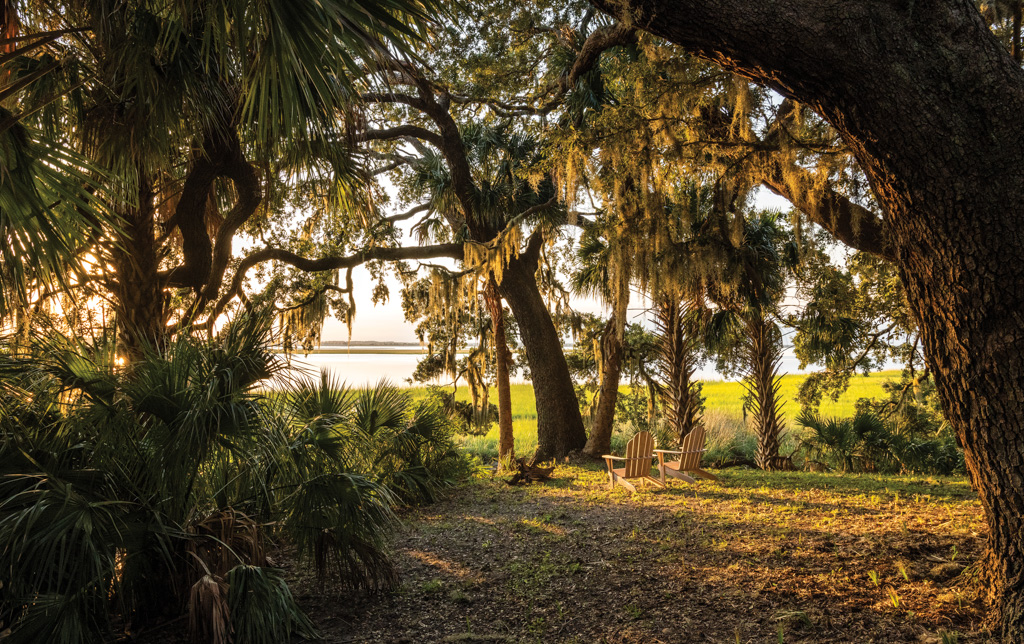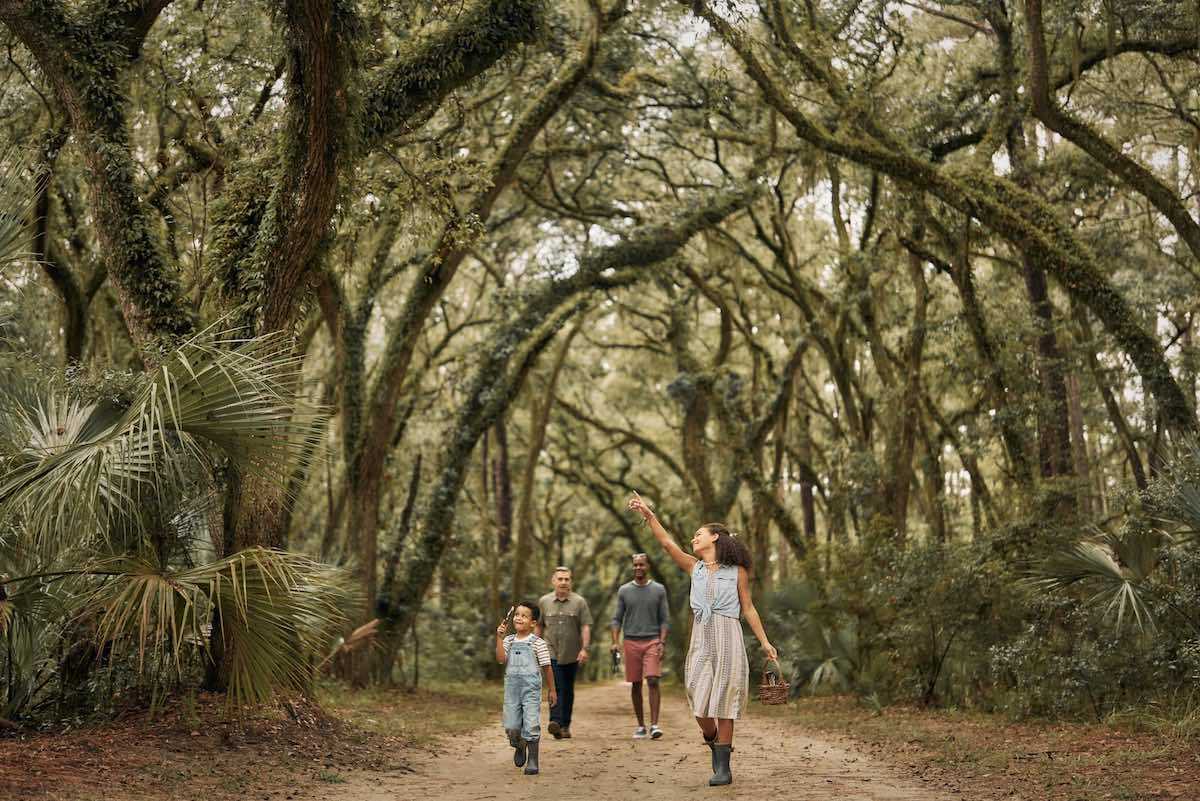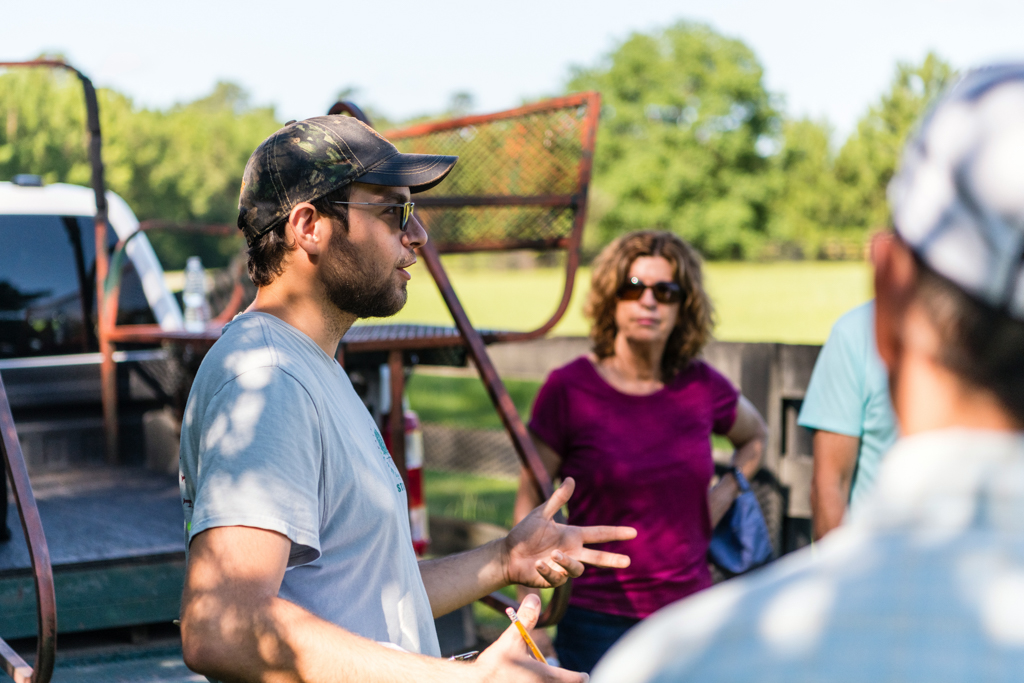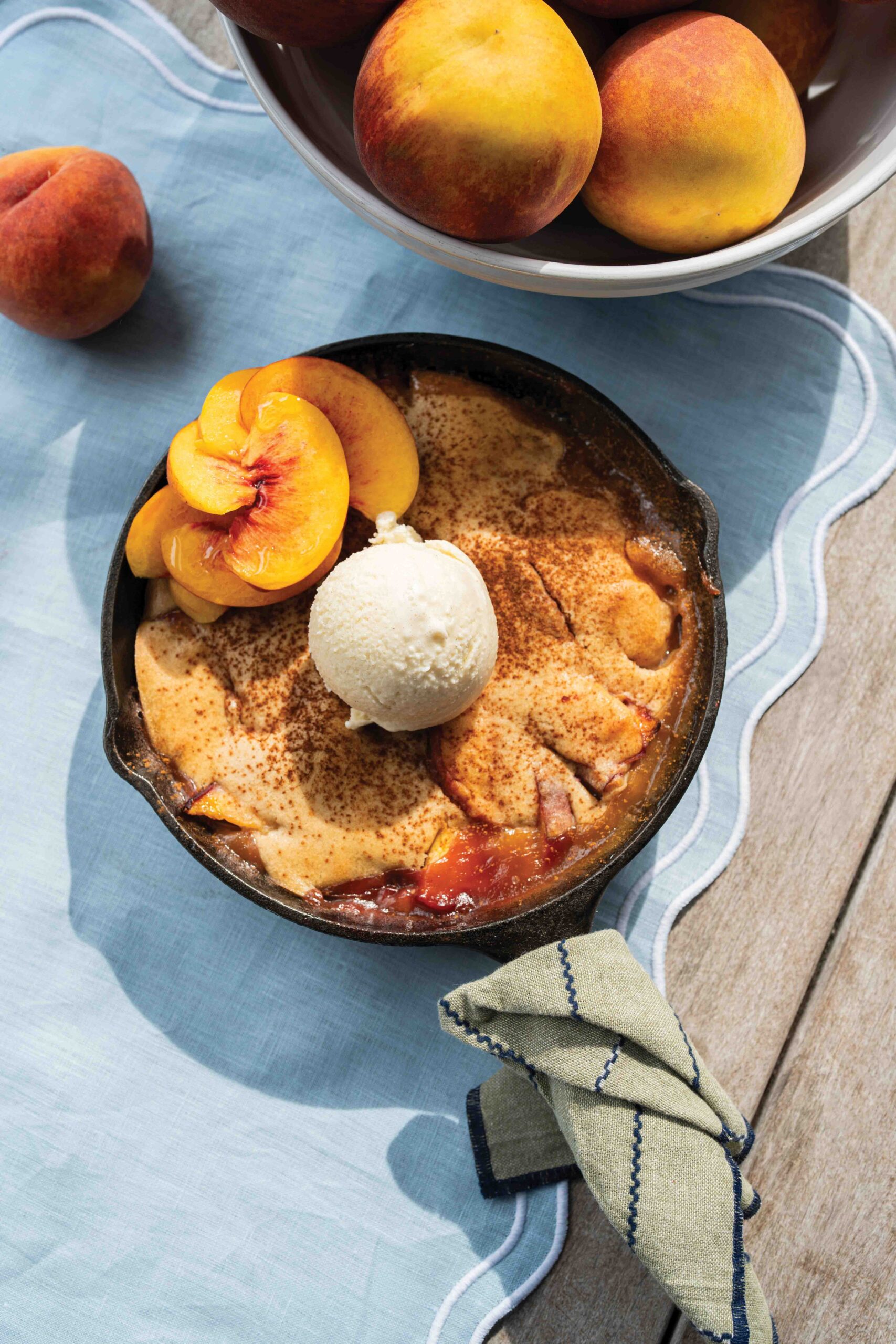Palmetto Bluff Real Estate Company Sales Office
Office Hours
Monday-Friday 9am - 5pm
Saturday 9am - 4pm
Sunday 12 - 4pm
Saturday 9am - 4pm
Sunday 12 - 4pm
Few animals evoke the spirit of the Lowcountry better than the dolphin. Friendly, clever, and often stunningly beautiful, dolphins are always a delight to behold. In the waters around Palmetto Bluff, you’re most likely to see the Atlantic bottlenose dolphin, one of the most abundant and well-studied dolphins in the world. Surprisingly, the bottlenose dolphins of our coastal estuaries are unique in their behaviors, some of which may even be witnessed right here in the May River.
Dolphins associate with one another in groups called pods, which in our area usually number between two and ten individuals. There are two types: nursery pods and juvenile pods. Nurserv pods consist of females and their young offspring. Nursery pods involve a sort of dolphin daycare, with adult females taking turns watching and protecting the young while the others feed. Juvenile pods are groups of males and females who have left their mothers, but have not yet reached maturity. Juvenile pods provide an environment in which immature dolphins continue to learn to hunt and to take care of themselves, as well as how to interact socially. Adult male dolphins are almost never found in pods. Instead, they live alone or occasionally with one other male, interacting with the pods only when it is time to mate. If you see a solitary dolphin, chances are it is an adult male.
Dolphins become sexually mature between the ages of 6 and 13, with males maturing a bit later than females. In spring and summer (or sometimes as late as early autumn), pods of adult female dolphins begin interacting with the males, indicating that it is time to mate. Pregnancy lasts about 12 months, and the female will have her calf in shallow, calm waters like the May River. Often, the mother will be attended by other female dolphins who act as midwives, helping with the birthing process. The baby dolphin will nurse for at least 18 months, and it will stay with its mother an additional three to five years after it is weaned.
While it is not uncommon in any ocean to see dolphins stirring up schools of fish with their tails or chasing minnows along the shoreline, Palmetto Bluff’s dolphins have a more effective — and potentially more dangerous — method of capturing prey. A group of dolphins will herd a school of fish onto a soft mud or sand bank, sometimes even splashing with their tails to toss fish up and onto the exposed land. Then, they throw themselves up out of the water and onto the shore, where they collect the helpless fish. It’s a perilous trick, because it can be difficult for the dolphins to get back into the water after beaching themselves. But our Lowcountry dolphins have learned to reduce the risk by utilizing this feeding strategy only on a rising tide. If they do become stuck, they will have to wait only a short time before the tide frees them. Interestingly, this feeding behavior is unique to certain demographics as well. Juvenile dolphins are much more likely to practice this strategy than adults, and males more often than females.%GALLERY%In some waters, dolphins live with the threat of orca whales, large sharks, or whaling vessels, all of which sometimes prey on them. But in South Carolina, the coastal waters and nearby ocean are too shallow for most predators, so dolphins live a relatively stress-free life. The main threat to local bottlenose dolphins is pollution by humans. A dolphin can become entangled in abandoned fishing lines or nets, or choke on a can or plastic bag. For that reason, it is especially important to avoid littering and pick up trash when you notice it along the shore.
Dolphins are also at risk from motorboats, the propellers of which sometimes leave dolphins with serious and even fatal injuries. Dolphins are smart enough to get out of the way of most boats, especially in areas like the May River where boaters know to limit their speed and drive carefully. But in open water, where boats can move faster, dolphins can be caught off-guard and be badly harmed or even killed. So keep in mind the next time you are boating; you share the water with other species as well.
Although usually friendly and inquisitive, our local dolphins can understandably be quite skittish at times, particularly when a female is nursing her calf. If you see a group of full-grown dolphins accompanied by smaller ones (a nursery pod), try to watch from a distance, or they will almost certainly make a quick getaway. Young adult males (often seen in twos) and juvenile pods, on the other hand, are much more likely to take interest in human activities and swim up for a closer look. Even so, don’t try to approach a pod of dolphins, or you may alarm them; let them approach you.
If you’re interested in getting involved in dolphin studies or learning more about the animals found in the May River, you can do so through the Palmetto Bluff Conservancy. A grant from the Conservancy helps fund the work of Dr. Eric Montie, a marine biologist at the University of South Carolina Beaufort, who is studying the fish and dolphins in our tidal estuaries.

This Manhattan-sized, Gilded Age enclave and National Seashore off the Florida-Georgia coast is so much more than a beachcomber’s delight. By Alexandra Marvar “There’s one. Oh, and there’s one.” He bends down to pick up a shark tooth. Then another, and anot...

Best Things to Eat in South Carolina’s Lowcountry When it comes to Southern cuisine, no place captures the heart (and appetite) quite like the South Carolina Lowcountry. Rooted in history and layered with coastal influence, this region serves up a culinary id...

Marissa’s Journey to Palmetto Bluff At Palmetto Bluff, hospitality goes beyond service; it’s a way of life. For Members and visitors alike, there’s a quiet charm to the place that draws you in, makes you feel at ease, and leaves a lasting impression. Few peop...

Top 7 Palmetto Bluff Nature Trails Do you ever get the feeling of wanting to escape and wander into a serene paradise? The nature trails at Palmetto Bluff afford opportunities to roam and admire the vastness of the Bluff’s 20,000 acres. Throughout the communi...

Palmetto Bluff’s Moreland Village feels a world away from the more traditional architecture of the iconi...

We are thrilled to introduce the inaugural winners of the Inspiring the Arts Scholarship—three extraordinary young women pursuing their artistic dreams through higher education! Katherine Donahue has been named our first official scholarship recipient, with Em...

From handmade jewelry to performance wear, the latest arrivals at Palmetto Bluff’s retail spots capture the season in true Lowcountry style. This summer, the Bluff’s shops are full of fresh finds, carefully chosen by our trusted retailers—including FLOW Galler...

Citizen Science is Thriving at Palmetto BluffDid you know that residents of Palmetto Bluff are playing a vital role in national and global conservation efforts—all from their backyard?Through the Palmetto Bluff Conservancy’s growing Citizen Science programs, c...

In October 2024, Grammy Award-winning musician Clay Ross visited Palmetto Bluff as part of The Arts Initiative's Artist in Residence Program. Through storytelling and song, he explores identity, heritage, and the universal language of sound. By Barry Kaufman ...

Palmetto Bluff Club Executive Chef Beth Cosgrove and Director of Culinary, Chef Rhy Waddington, Cook Up Four Peachy Recipes for a Summer in the South. Is there anything more iconic than a southern peach? A symbol of summer and Southern heritage, the peach car...
Learn about the Palmetto Bluff Conservancy and how we keep the vision of our land in place.
On land or water, there is an ever-evolving variety of activities.
We do not attempt to independently verify the currency, completeness, accuracy or authenticity of the data contained herein. All area measurements and calculations are approximate and should be independently verified. Data may be subject to transcription and transmission errors. Accordingly, the data is provided on an “as is” “as available” basis only and may not reflect all real estate activity in the market”. © [2023] REsides, Inc. All rights reserved. Certain information contained herein is derived from information, which is the licensed property of, and copyrighted by, REsides, Inc.